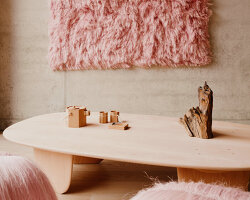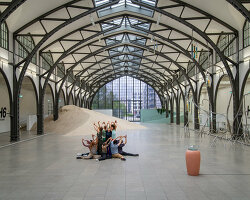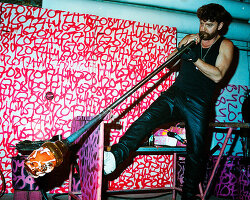a tour into sigurd larsen’s berlin studio
sigurd larsen is a berlin-based danish architect working between the disciplines of architecture, interior architecture and product design. founded in 2010, the studio completes projects that range from low-cost housing, hotel rooms, and cultural buildings to furniture design. continuing to explore new fields, its work seeks to merge the aesthetics of high-quality materials with functional concepts.
a year ago, in 2020, the design team moved to a new studio in the heart of berlin. they were searching for a space that can house a big table where all the team can work together, and also be reachable for clients. the place accommodates shelves and nooks full of models and samples, making the space more lively. where one can smell, touch and feel all these different pieces that will become part of a project.
‘we like to work with a lot of materials that become more beautiful over time. even when designing furniture, we build something and if it doesn’t last for 200 years, we made a mistake.’ to learn more about the architect and the firm’s new workplace, designboom toured sigurd larsen’s studio for a closer look. read the interview in full below. all images © designboom
all images © designboom
interview with sigurd larsen
designboom (DB): what made you choose this line of work? were you influenced by anybody? please tell us a bit about your background.
sigurd larsen (SL): I grew up in denmark, a country that celebrates its architects. there, you grow up with an awareness that this and this building is from that and that architect. like many other children, I was playing around with lego. this idea to create and build things with your own hands was a driving force for me as a child. as a very creative kid, I was also keen on building stuff for growing, it was a nice meditation for me. I never wanted to be anything else than an architect.
I don’t have any other architects in my family, but I knew since I was little that I wanted to become an architect. I think my parents always wondered where that came from, or why I like this. a few members of my family were graphic designers, art historians, and others generally working in creative fields. however, this very specific thing that I wanted to do, did not derive from my parents.

DB: you work on a diverse range of projects, from architecture to product design. is there a common denominator, in your way to approach projects of different fields?
SL: the whole concept of being an architect and also working with furniture design, is something very typical in denmark. architects design furniture, that is kind of our thing. in every project we do, we seek to find some creative freedom, especially in architecture, which has a lot of regulations that influence what we are allowed to do. in contrast, working on a smaller scale, like furniture design, one actually can find a lot more creative freedom. reaching a certain scale, a project becomes a political matter; everyone is on board, the whole city is interested. that is a democratic process, and some people understand and work with it. that’s probably why we prefer to work on that scale in between, designing structures spanning less than 10,000 sqm area.

DB: many of your works employ natural materials like wood. as we see for example, in the mountain house in austria, or in the tree top hotel in denmark. how important is it for you to feel a connection in your work with nature?
SL: we like to work with a lot of materials that become more beautiful over time. even when designing furniture, we build something, and if it doesn’t last for 200 years, we made a mistake. architects like things to stay for a very long time. working with materials such as wood or copper, having these excellent abilities that the more you use them, the nicer they get. that is a thought that we put into both furniture design and architecture. the wooden floors in the houses will still look fantastic in many years. even when several families have lived there and used them all the time. that is one of the reasons why it’s a great material. and it’s also for many other reasons. in the last decade, there has been so much research going on with wood. we can build high-rise structures out of it that are still fire-safe. although it’s an ancient building material, it has been rediscovered after many years of concrete and modernism.
starting a year ago, there has been this problem of material shortage. unfortunately, no other alternative material has the same excellent abilities in terms of sustainability. I think we will return to building with wood again when it is more available because it is part of the circle: we take it out from nature and use it in our buildings. when used in our constructions, it doesn’t get burned or dissolved. it keeps the CO2 contained within and makes room for new trees to grow. we will get back to it again, but in the meanwhile, we have to accept some waiting time and prices that are a little bit bizarre.
DB: and apart from sustainability, touching wood and working with it acts as stress relief.
SL: when you come into a house made of wood, you immediately smell it, and this pleasant smell can last for years. every time you wash it, the scent comes out again. maybe that, combined with a warm color hue which it has naturally if you leave it fairly unchanged. that is also something people respond to more or less subconsciously.

DB: can you tell us what you are working on at the moment?
SL: we are working on several new single-family houses and holiday homes. there is something funny that happened in 2020. everyone had time for themselves to realize what they need in life and redefine the meaning of traveling. following this new perception, we work on a series of different hotel concepts, with a common denominator: their closer location to a bigger city, targeting people from and around that specific area. for example, people from berlin can visit such hotels around the city yet get closer to nature. guests can make shorter holidays without flying, without going to different climates, enjoying and appreciating the local environment.
a few years ago, we finished the tree top hotel in denmark. and we do the same in greece and france. we have a similar setup, but different landscape features, different climates. the way we can work with a hotel in greece is obviously something very different than in north of berlin. it has a very different building culture, different craftsmanship, and of course different local knowledge of how to build things. in each project, we learn more about the specific building culture, the so-called cultural and physical environmental context. I see that as a privilege, and it is super fun to work with this. we get to learn about another country, another way of doing things. we make our mistakes but then also learn from them. we get to discover things, and that is what keeps everything lively in the office.
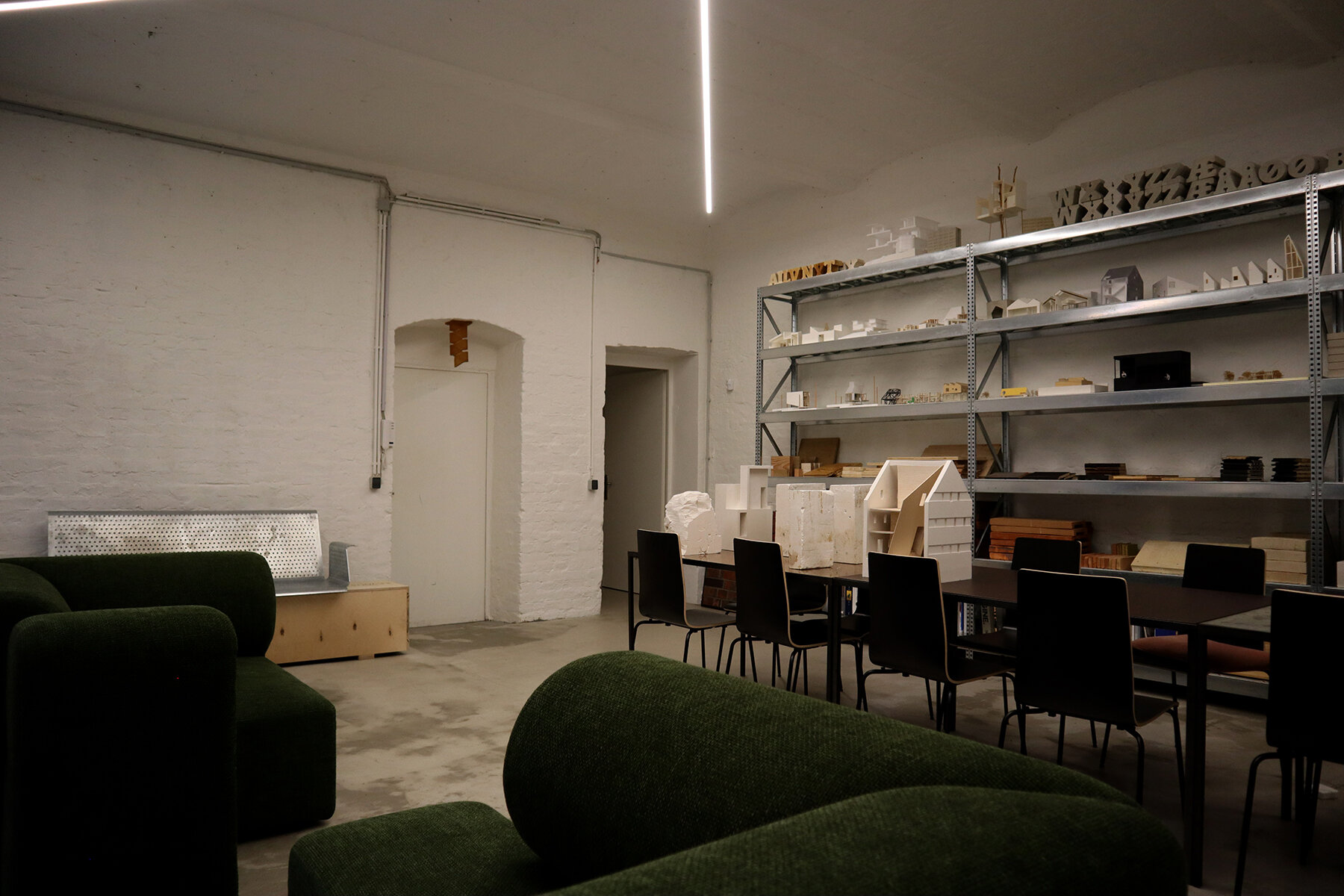
DB: as you are also involved in architectural education at berlin international university of applied sciences, how does this affect your work in the studio and vice versa?
SL: that’s a good question. every semester when we think of a new project, we try to find the topic that is happening right now. since I’m the type of professor who also has an office, that gives me access to looking into the kind of projects we work on, and that reflects the current demand of the market. I try to look at what is happening in the world reflected in what happens in the office, what can be relevant for the students to look into. and that is an example of combining it.
I try to find a balance when I talk about the work we run in the studio in terms of sharing experience. on the other hand, it is also very much my duty to be aware of what other architects are doing. I can refer to hundreds of other architects, forcing me to keep myself updated with what colleagues do. so I don’t end up in my own little world.

DB: how does a normal day look like here?
SL: a normal day? I don’t think we have a particularly normal day. we moved into this office a year ago. we wanted to find an office on the ground floor, with a big table. so it took me a long time to find a space in berlin that could accommodate one table instead of being split up in different rooms. the reason for being on the ground floor is that we have all these people coming in and out easily. we get all these deliveries of examples of bricks, all these weird heavy things get in and out of the door all the time. we have to look at them, touch them, and put them into our archive. it’s quite lively. about half of the projects we do are in berlin or around berlin. these clients typically come here. it’s a lot of talking, a lot of people in and out. that’s something I really appreciate, that’s also why we choose to have a little fewer square meters but be very central in berlin. reachable for people.
DB: which is the best moment at the office?
SL: actually now. we had a period with home-office, but I really like it when everyone is here, we have guests, and the place is lively. I think it’s fantastic! in contrast, sometimes I come in on sundays and sit here all by myself, listening to my own loud music. it is very private for me to be here, but sometimes it’s the opposite. my favorite is this feeling that a lot of things are going on. you can feel things happen. you have to be very patient to work in our profession; if we plan things, it can take between two and five years to get realized, depending on the scale. when we get to close a project or finalize something feels awesome!
DB: what advice would you give to young architects?
SL: it’s some of these considerations about making sure that being an architect is still a work of a certain amount of creativity. I want to be very pragmatic about it. there’s a lot of things we don’t decide. this is because what we build kind of overlives us and stands there a long time after we’re gone. when we do big buildings, everyone can see them. what is really important is to make sure that you find a way that everything you are involved in allows you to use creative freedom. have an opinion about the things you do, and contribute with what architects do the best, which is bringing ideas.
it can easily end up being very managing, almost like working as a lawyer: are we allowed to do this? we look it up in the book now. that’s not really matching our education in a way. so we have this wonderful life in the university where everything is possible. take as much as you can get into real life and insist that it can be like this. otherwise, we lose territory at some point. and then you’ll be like lawmakers. and I don’t think lawmakers do as good buildings as architects do.




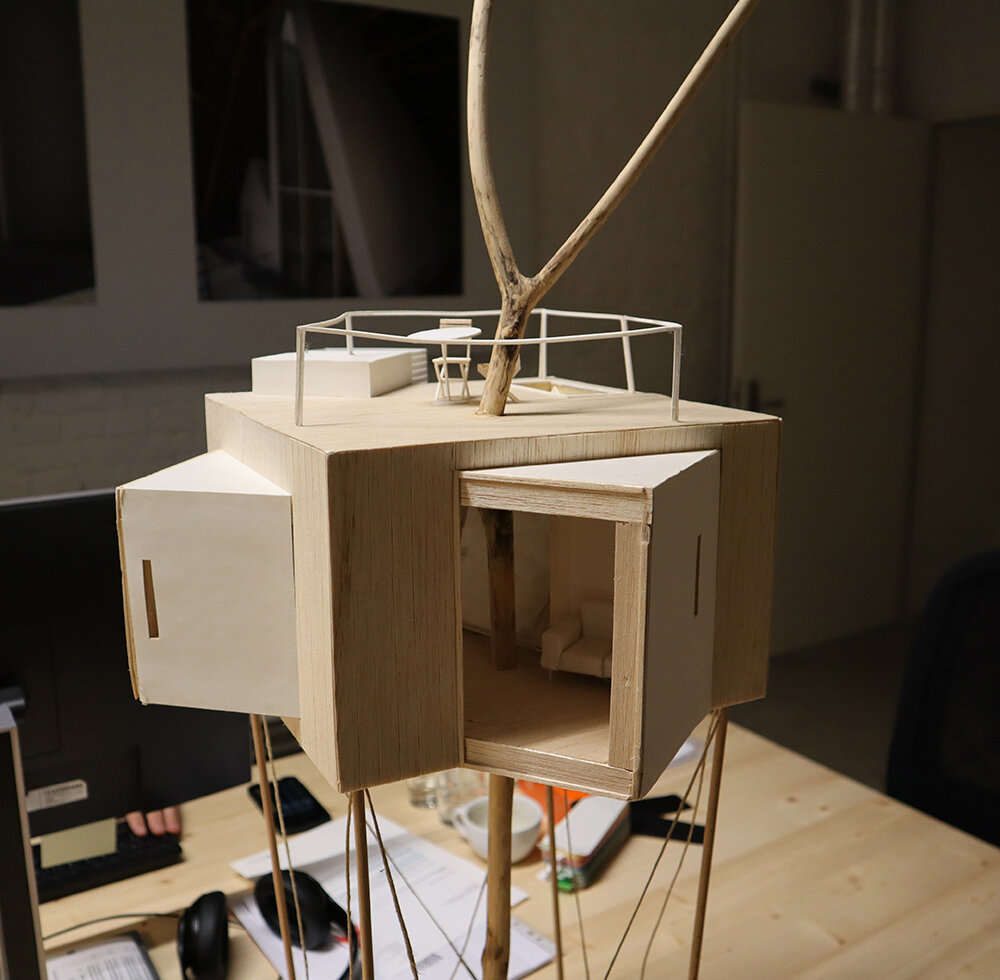




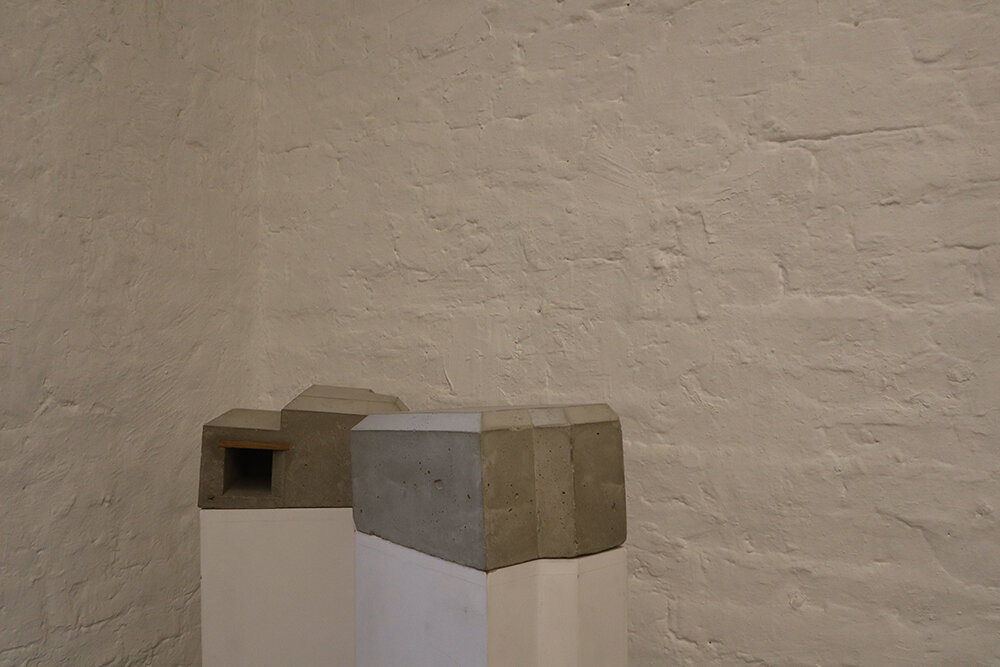



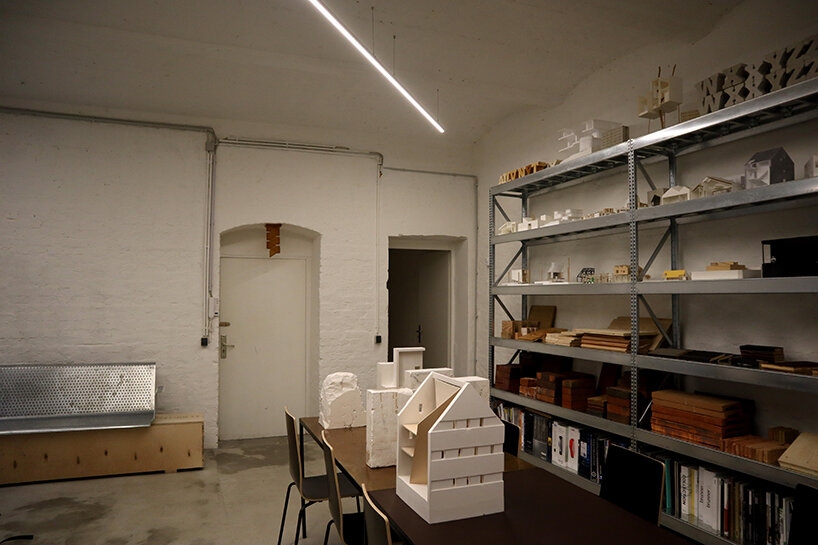





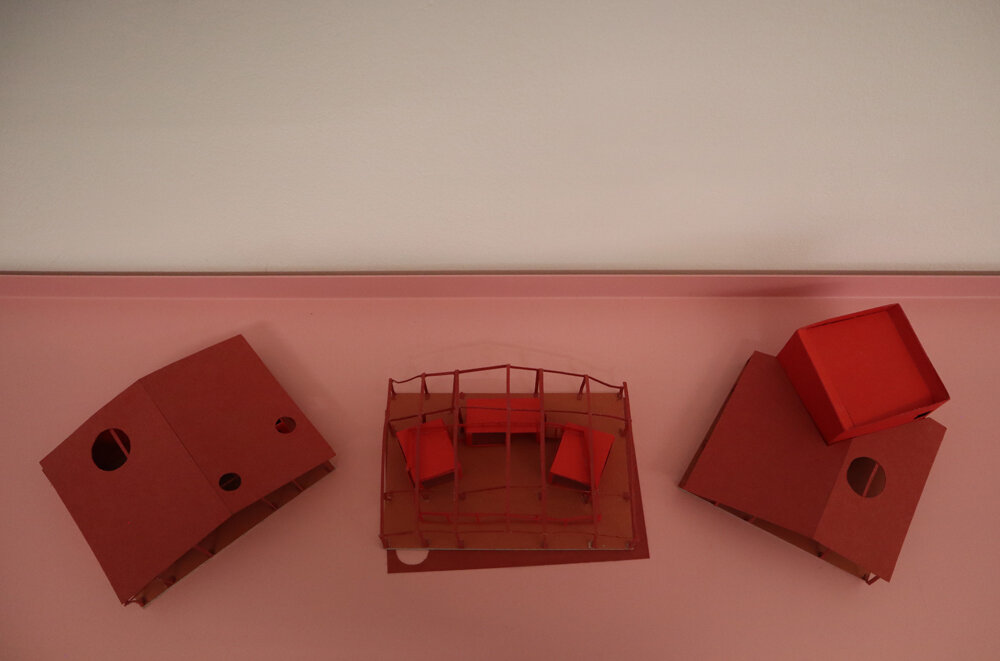





happening now! in an exclusive interview with designbooom, CMP design studio reveals the backstory of woven chair griante — a collection that celebrates twenty years of Pedrali’s establishment of its wooden division.


